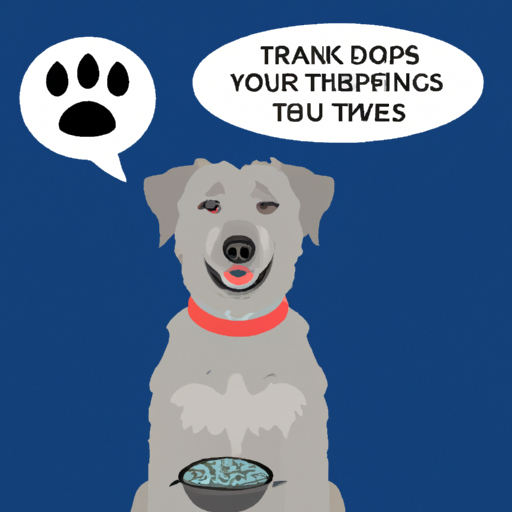Food aggression is a form of resource guarding where a dog becomes overly defensive or possessive over food. It’s a serious concern for pet parents, but with patience and understanding, it can be managed and even eliminated. Here’s a step-by-step guide on how to break food aggression in dogs.
Understanding Food Aggression in Dogs
Food aggression in dogs can range from mild to severe.
- Mild: The dog growls and barks when someone approaches.
- Moderate: The dog snaps or lunges when approached.
- Severe: The dog bites when someone tries to take away the food.
Understanding the severity of your dog’s food aggression is the first step towards addressing the issue. It’s crucial to remember that this isn’t about your dog’s personality, but more about their instinctive need to protect what they perceive as a vital resource.
Recognizing the Signs of Food Aggression
Dogs exhibit several signs of food aggression. Look out for:
- Growling
- Baring teeth
- Lunging
- Biting
These behaviors typically occur when someone approaches the dog while eating or attempts to take away the food. By recognizing these signs early, you can start to manage the behavior.
Gradual Desensitization: The Key to Breaking Food Aggression
Gradual desensitization involves exposing your dog to a trigger in small, manageable doses, allowing them to become accustomed to it. Here’s a step-by-step process:
- Begin by observing your dog from a distance while they eat. Do not approach them.
- Gradually decrease the distance between yourself and your dog over several meals.
- Once your dog is comfortable with your presence, try to touch their bowl while they’re eating but do not attempt to remove it.
- Over time, you can begin to add more food to their bowl as they eat, allowing your dog to associate your approach with positive outcomes.
Remember, this process takes time and patience.
Using Positive Reinforcement
Positive reinforcement involves rewarding the behaviors you want to encourage. Here’s how you can use it to combat food aggression:
- Start by giving your dog a less desirable food item. As they start eating, approach them with a more desirable item. This teaches the dog that your approach means they get something better.
- Repeat this process over several meals until your dog is relaxed when approached.
| Steps | Process |
|---|---|
| 1 | Give less desirable food item |
| 2 | Approach with more desirable food item |
| 3 | Repeat until dog is relaxed while eating |
Seeking Professional Help
In severe cases of food aggression, it may be necessary to seek the help of a professional dog behaviorist or trainer. They can assess your dog’s behavior and provide a tailored treatment plan.
Frequently Asked Questions
What causes food aggression in dogs?
Food aggression is often rooted in a dog’s instinct to guard their resources. It can also be learned behavior if the dog has had to compete for food in the past.
Can food aggression be cured?
Yes, with patience and consistent training, most dogs can overcome food aggression. However, severe cases may require professional help.
Is food aggression a sign of dominance?
Not necessarily. While it can seem like your dog is trying to assert dominance, food aggression is usually more about fear and anxiety over losing a valuable resource.
Remember, breaking food aggression in dogs is a process that requires patience and understanding. With the right approach, you can help your dog feel secure and eliminate their need to guard their food.



